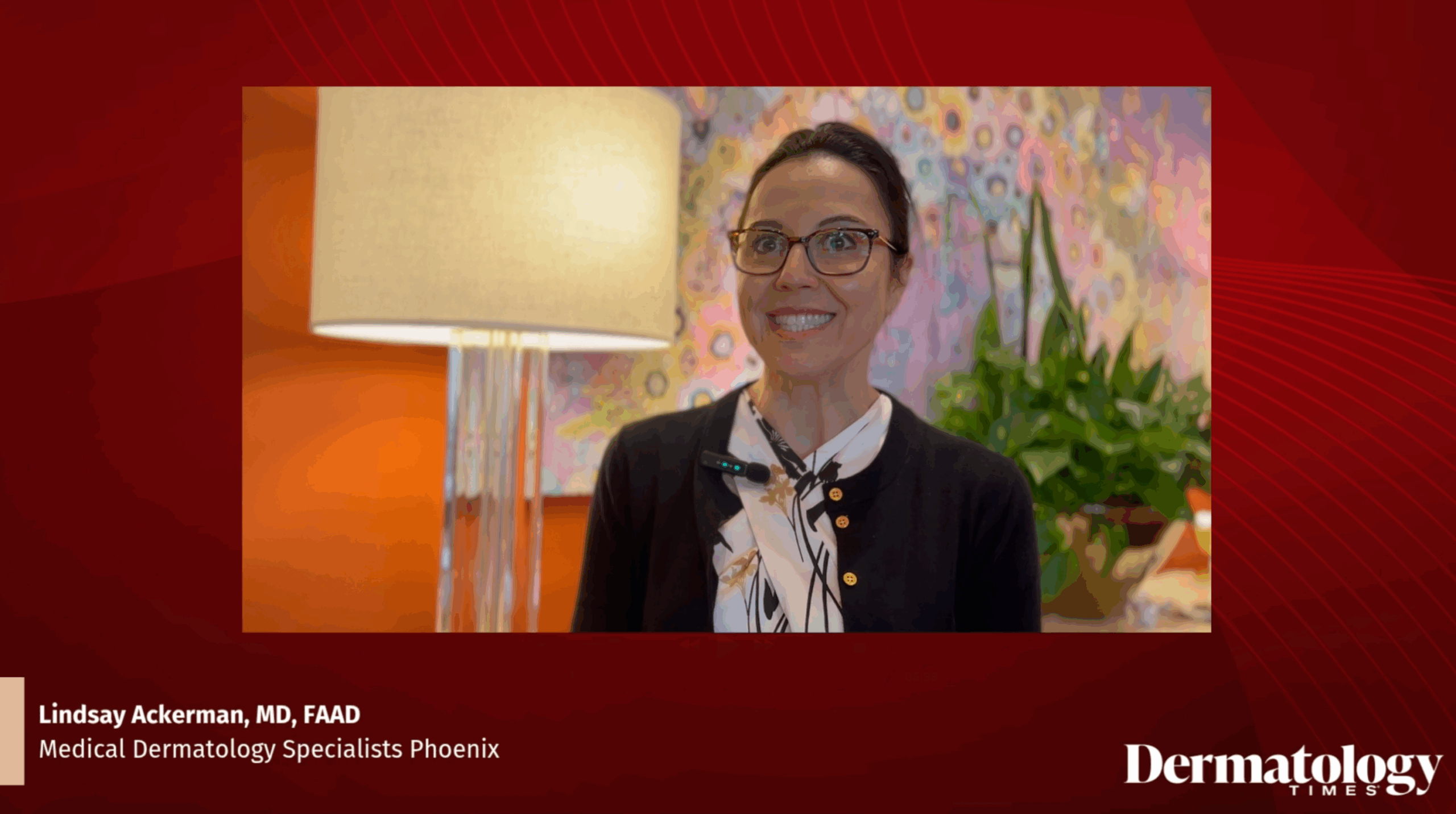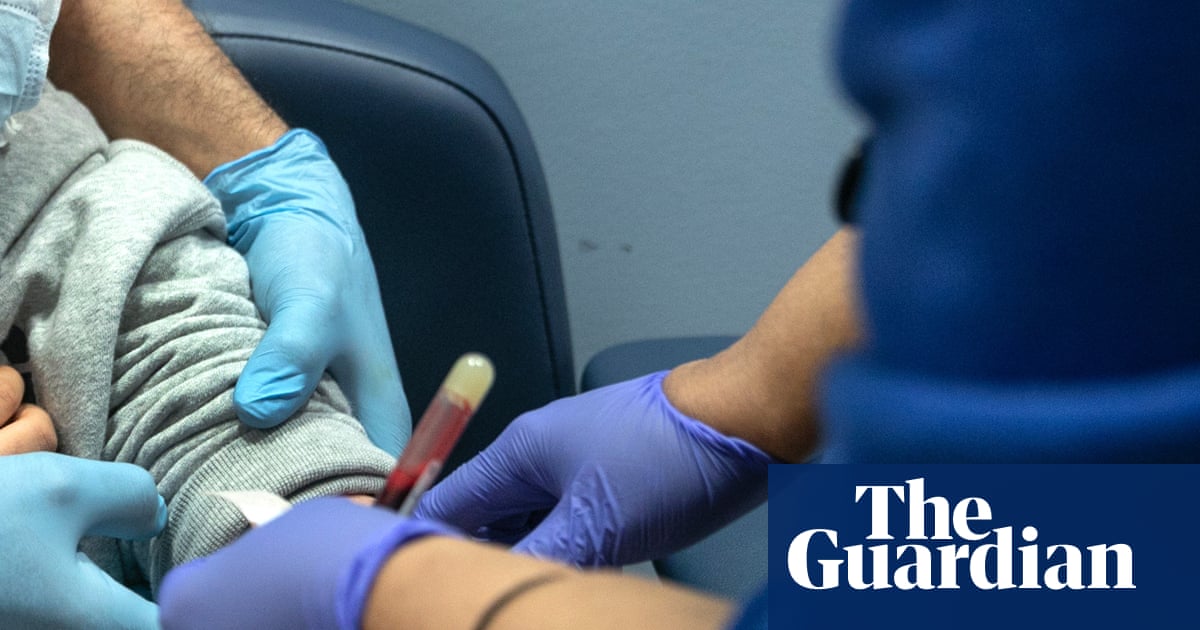In a recent interview with Dermatology Times, Lindsay Ackerman, MD, FAAD, a medical dermatologist in Phoenix, Arizona, discussed evolving standards in the management of vitiligo and the clinical integration of topical therapy. Ackerman, who serves as medical director of clinical research at Medical Dermatology Specialists (now part of US Dermatology Partners), emphasized the importance of anticipatory guidance and individualized patient expectations in achieving successful treatment outcomes.
Vitiligo, an autoimmune depigmenting disorder, has historically lacked FDA-approved topical therapies, leaving clinicians to rely on off-label options such as topical corticosteroids and calcineurin inhibitors. With the approval of topical ruxolitinib, Ackerman described a shift in both clinical practice and patient communication.
“Ruxolitinib has been a really great game changing option,” she said. it’s our first FDA-approved treatment, but it’s a treatment that allows us to treat vitiligo over a protracted time course and to do so with expectations that it will be safe for patients to have that ongoing topical exposure, which is very different than how we feel about some of the alternative choices we’ve been using off label to treat this chronic autoimmune disease.”
She underscored that this medication’s long-term safety supports ongoing, site-specific use, unlike older off-label agents that often required intermittent treatment or carried risks of cutaneous atrophy or irritation. Ackerman highlighted the necessity of setting realistic expectations, noting that pigmentation restoration is a gradual process. “Giving good anticipatory guidance for patients that are using topical therapy to treat vitiligo is immensely important,” she said. “Patients are going to have to understand at the beginning to embark on this journey of executing treatment for vitiligo means that we’re going to be on this journey for the foreseeable future.”
Beyond pharmacologic therapy, Ackerman encouraged a holistic approach that considers disease impact on quality of life, psychosocial well-being, and patient confidence. She also pointed to emerging research examining combination strategies that may enhance outcomes, such as phototherapy alongside ruxolitinib.
Ultimately, Ackerman’s remarks reinforce a broader dermatologic shift toward evidence-based, sustained, and patient-centered care. As more targeted therapies become available, the dermatologist’s role in education and expectation management remains central to optimizing both safety and satisfaction in vitiligo treatment.










